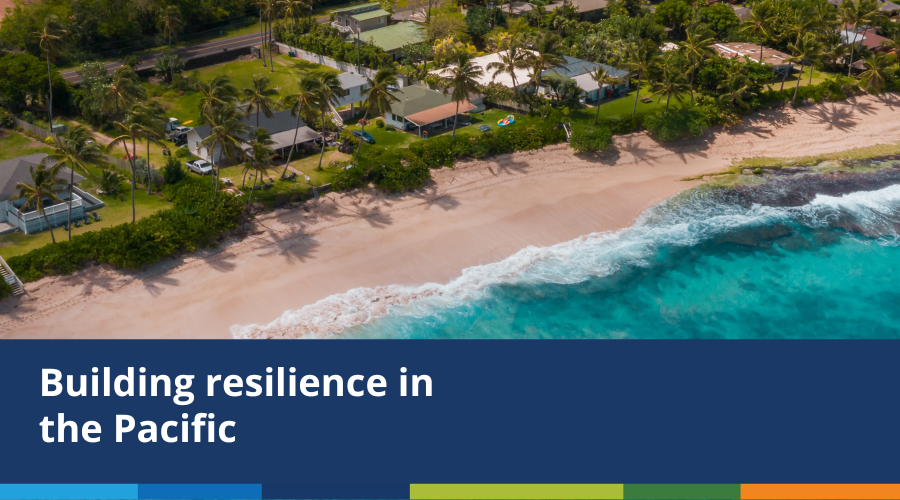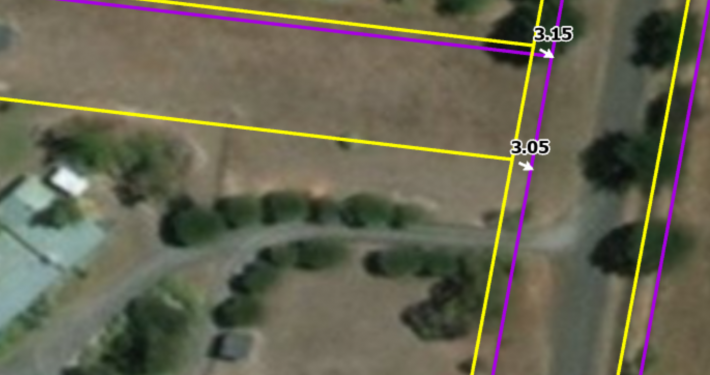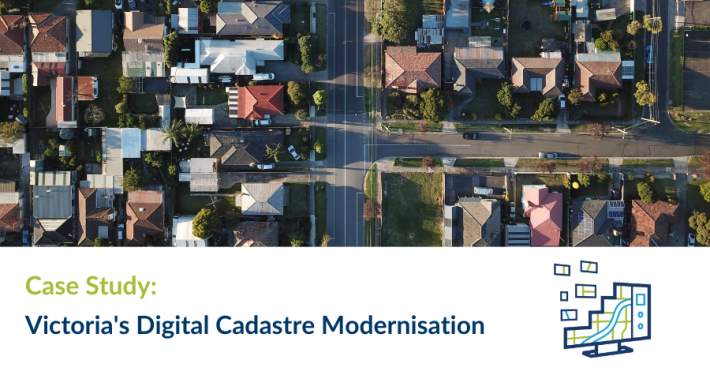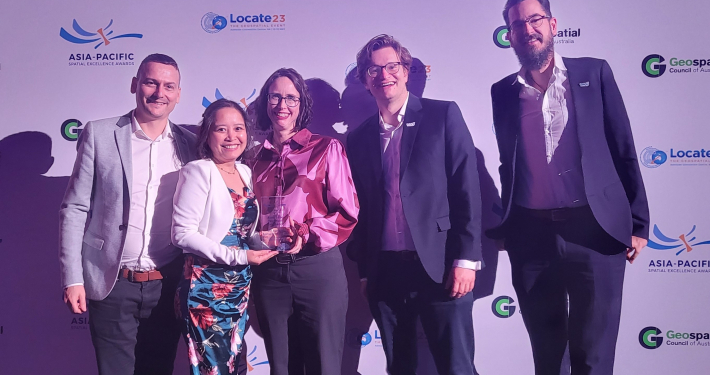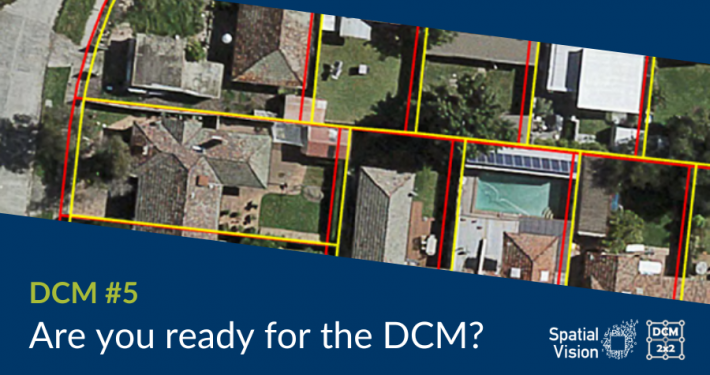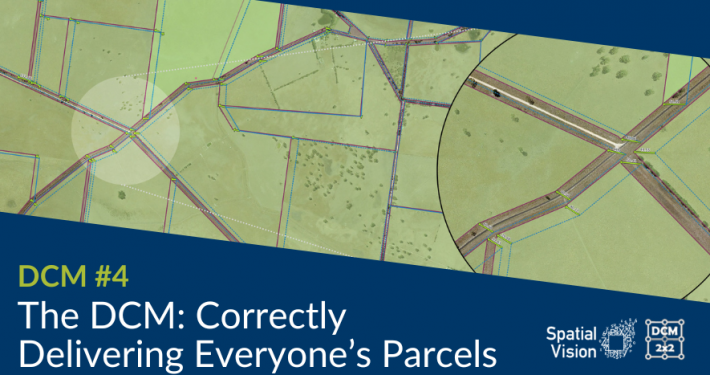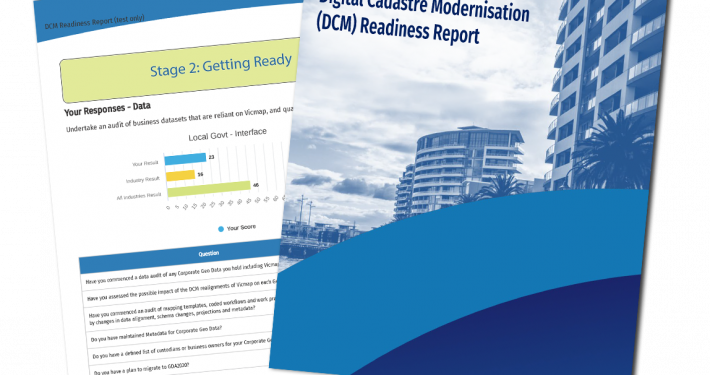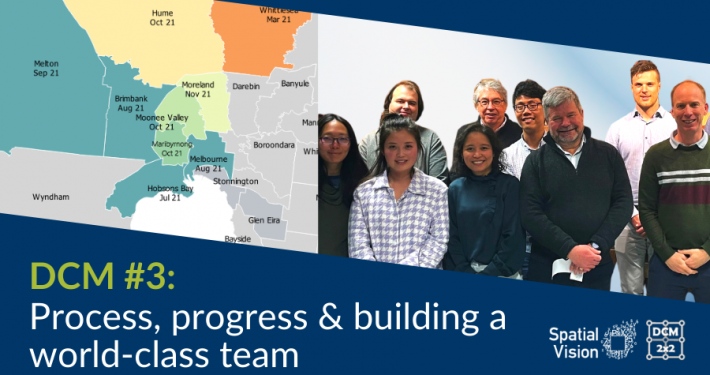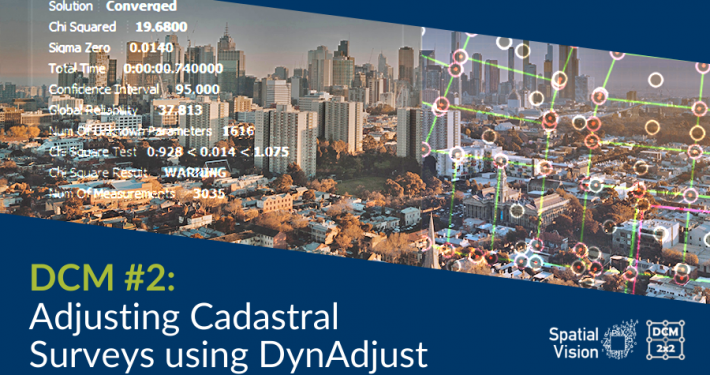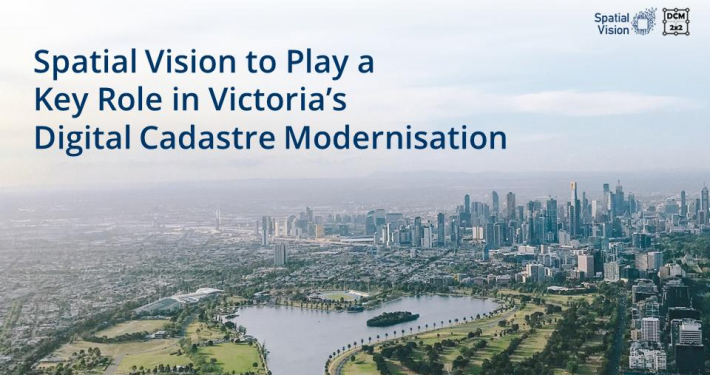By Kimberley Worthy and Georgina Race, Principal Consultants, Spatial Vision
As published in Geospatial World, January-February 2023 edition
Climate change threatens the economic, social and environmental stability of the Pacific Islands. Both on land and sea, there are significant pressures impacting island ecosystems. Vulnerable systems upon which the Pacific region depends are at risk.
Water supply, agriculture, biodiversity, fisheries and whole communities are being heavily impacted by rising sea levels and shifting weather patterns. Space and spatial technologies playi a vital role in analysing and detecting areas impacted by climate change.
Changing ocean temperatures, salination of land, declining wetlands and mangroves, coastal erosion, floods, drought and extreme storms threaten the health of Pacific nations. These issues reduce agricultural productivity, cause water shortages, impact tourism, put coastal communities at risk, damage important animal habitats and alter atmospheric carbon storage.
EO at the Forefront
Increasingly, Earth Observation is being used to monitor changes in ecosystem health. Mapping of changes in mangrove canopy enables us to understand the degree of changes over the years. Using this information, governments can monitor environmental degradation or recovery and plan mitigation or rehabilitation efforts.
Remote sensing techniques are transforming the way we see the planet. The Pacific region has committed to an operational earth observation system (“Digital Earth Pacific”) that will collate the data and support the development of advance analytics to map, quantify and understand the rapidly changing Pacific environs.
Building resilience to climate change across the Pacific is urgently needed. Due to the exposure to extreme weather events and the significant proportion of land within the modelled sea-level rise elevations, the region is already showing significant signs of the climate crisis and impact.
Developing a cooperative community where there is a shared understanding of priorities, and where skilled resources have the tools to access and apply critical data is a step toward change.
Pacific nations can benefit from the improved availability of fundamental and actionable geospatial data, appropriate policy frameworks, development of human resources, shared spatial infrastructure, geospatial technology investment and national geospatial strategies.
Increased geospatial capacity strengthens national and regional resilience. The development of geospatial tools and services leads to improved preparedness by being able to direct mitigation actions and responses.
Developing Capacity
The geospatial community must work together to build capability and strengthen capacity for effective climate change-related planning. Cooperative approaches are necessary to tackle some of the biggest challenges facing Pacific communities. Helping nations to build their own capable and skilled workforces and call less on others is essential.
Spatial Vision collaborates with organisations internationally to build capability and capacity by guiding the development of critical spatial infrastructure, upskilling resources, shaping policy and providing detailed investment roadmaps. Our view is that the entire planet can benefit from the adoption of the 17 UN Sustainable Development Goals (SDGs) as both an overarching set of goals, and as a reporting framework for measuring progress. Geospatial data and technologies play a vital role in this reporting.
We encourage adoption of the United Nations Integrated Geospatial Information Framework (UN-IGIF) to strengthen geospatial information management. This framework is particularly important in developing country-level action plans and supporting economic development. Working in consultation with stakeholders, we help to develop country-level or organisational action plans and communicate the importance of geospatial information for meeting sustainability goals. We encourage a process which develops individuals and organisations to take ownership over their initiatives and strategies.
Stronger Together
We are seeing an urgent call to action from many island nations. Pacific nations have joined forces to create the Pacific Geospatial and Surveying Council which sets out to support sustainable development enabled by geospatial and survey services. With the intent of sharing knowledge and promoting understanding of geospatial infrastructure, the Council will help to articulate priorities for the region and develop capacity.
Cross-sectoral geospatial collaboration is growing in countries such as Fiji, with national consultation on location-based policies and infrastructure to support natural resource management and land development.
Consultation has revealed gaps in geospatial information that need to be addressed to tackle climate change. Satellite imagery and remote sensing technology is being used to better understand Fiji’s environment. Data sharing frameworks are being put in place so they can better develop disaster risk reduction strategies.
The Australian government is demonstrating its commitment to addressing regional challenges through the support of critical infrastructure and human resources contributing to stability and prosperity. Recently, Australia’s development assistance to the Pacific has received a significant boost.
Looking toward COP28, the Pacific Island countries will demand significantly increased global climate action from the international community. Pacific nations will need flexible data access licensing agreements, open data policies and clear governance structures. Institutional arrangements need to be implemented to enable this information to be distributed widely without unnecessary barriers.
Conditions such as these need to be supported by close working relationships between governments, as well as with research and educational bodies and the private sector. The development of regional geospatial capacity will deliver substantial benefits to each island nation and the entire region.
Geospatial maturity is a step toward resilience. Growing a cadre of in-country geospatial skilled resources, building awareness and understanding of the impact of geospatial to decision makers is fundamental to regional and national security, protection of communities and assets and planning for future food protection. Through the collaboration of people, governance, infrastructure and policy, sustainable development can be supported.
Spatial Vision is committed to supporting sustainable development across the Pacific. We are Australian geospatial industry leaders and have significant experience across marine management, fisheries, agriculture, environment and biosecurity.
We support nations by helping to create geospatial frameworks, develop critical skills, improve understanding and implement evidence-based policies, strategies and roadmaps that deliver lasting change.

